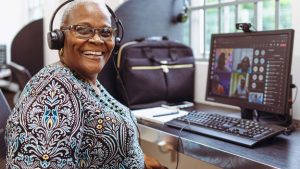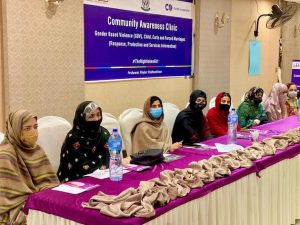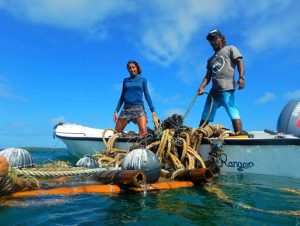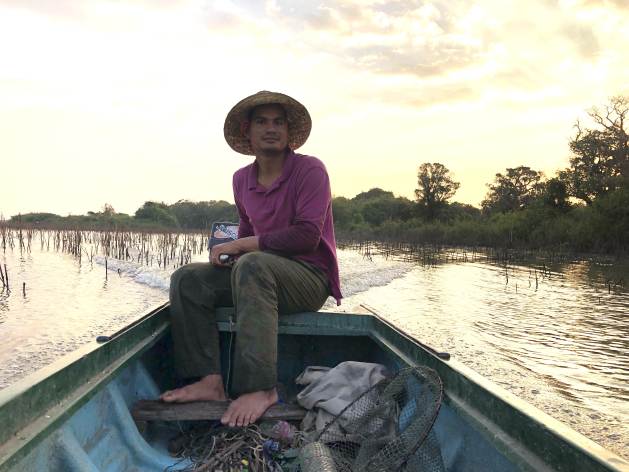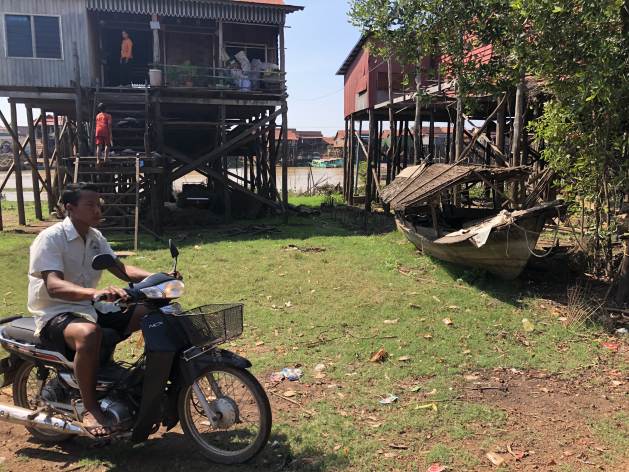IRVINE, Calif., Feb. 21, 2024 (GLOBE NEWSWIRE) — Lantronix Inc. (NASDAQ: LTRX), a global provider of compute and connectivity IoT solutions, today announced Percepxion™, its new Cloud IoT Edge Solutions platform. Percepxion is pre–configured into Lantronix’s award–winning IoT gateways, routers, trackers and switches to provide secure, comprehensive device lifecycle management. The Percepxion platform efficiently scales edge deployments from regional to global and is managed through an intuitive single pane of glass.
“The Percepxion platform provides our customers with an easy–to–deploy IoT solution that comes pre–configured on our connect and compute products,” said Jacques Issa, vice president of Marketing at Lantronix Inc. “Percepxion’s multi–tenant feature enables a B2B solution, generating incremental revenue streams for our end customers.”
Remote installation of Lantronix devices includes zero–touch automated provisioning managed through Percepxion. Site–required firmware, configuration and certificates are remotely loaded to ensure secure data communication and compliant devices. It is ideal for critical infrastructure management, fleet management, smart cities and other end–to–end IoT edge solutions.
Key Percepxion features include:
- Robust Security. Percepxion simplifies software updates for maintaining robust device cybersecurity. The cloud platform complies with complex security requirements from corporate security offices for devices, data access and users, ensuring integrity and confidentiality across entire solutions.
- Real–Time Device Operation. Percepxion enables real–time remote access for diagnosing and troubleshooting as well as over–the–air updates with select grouping and automated monitoring that generate alerts and notifications to minimize system downtime.
- Powerful Data Integration and Analysis. Percepxion’s custom dashboards provide on–demand visibility of device telemetry data. Trend analysis provides edge insights to improve efficiency and create predictive maintenance applications. Enterprise use cases can access data using Percepxion API services for headless operation.
Percepxion's holistic approach to IoT edge solutions accelerates time to revenue by simplifying edge management and maintenance while providing customers with assistance and long–term assurance.
The Percepxion Service for Lantronix Devices
Delivered as a service, the Percepxion multi–tenant cloud platform provides businesses with comprehensive device lifecycle management through Web and mobile apps. It is offered with bundled Level Technical Support, limited warranty and other optional services
To learn more about Percepxion and review the 60–day free trial offer, visit https://www.lantronix.com/percepxion/.
About Lantronix
Lantronix Inc. is a global provider of compute and connectivity IoT solutions that target high–growth industries including Smart Cities, Automotive and Enterprise. Lantronix’s products and services empower companies to achieve success in the growing IoT markets by delivering customizable solutions that address each layer of the IoT Stack. Lantronix’s leading–edge solutions include Intelligent Substations infrastructure, Infotainment systems and Video Surveillance, supplemented with advanced Out–of–Band Management (OOB) for Cloud and Edge Computing.
For more information, visit the Lantronix website.
“Safe Harbor” Statement under the Private Securities Litigation Reform Act of 1995: Any statements set forth in this news release that are not entirely historical and factual in nature, including without limitation statements related to our solutions, technologies and products and expectations regarding our management and our future growth and profitability. These forward–looking statements are based on our current expectations and are subject to substantial risks and uncertainties that could cause our actual results, future business, financial condition, or performance to differ materially from our historical results or those expressed or implied in any forward–looking statement contained in this news release. The potential risks and uncertainties include, but are not limited to, such factors as the effects of negative or worsening regional and worldwide economic conditions or market instability on our business, including effects on purchasing decisions by our customers; our ability to mitigate any disruption in our and our suppliers’ and vendors’ supply chains due to the COVID–19 pandemic or other outbreaks, wars and recent tensions in Europe, Asia and the Middle East, or other factors; future responses to and effects of public health crises; cybersecurity risks; changes in applicable U.S. and foreign government laws, regulations, and tariffs; our ability to successfully implement our acquisitions strategy or integrate acquired companies; difficulties and costs of protecting patents and other proprietary rights; the level of our indebtedness, our ability to service our indebtedness and the restrictions in our debt agreements; and any additional factors included in our Annual Report on Form 10–K for the fiscal year ended June 30, 2023, filed with the Securities and Exchange Commission (the “SEC”) on Sept. 12, 2023, including in the section entitled “Risk Factors” in Item 1A of Part I of such report, as well as in our other public filings with the SEC. Additional risk factors may be identified from time to time in our future filings. The forward–looking statements included in this release speak only as of the date hereof, and we do not undertake any obligation to update these forward–looking statements to reflect subsequent events or circumstances.
© 2024 Lantronix, Inc. All rights reserved. Lantronix is a registered trademark. Other trademarks and trade names are those of their respective owners.
Lantronix Media Contact:
Gail Kathryn Miller
Corporate Marketing &
Communications Manager
media@lantronix.com
949–212–0960
Lantronix Analyst and Investor Contact:
Jeremy Whitaker
Chief Financial Officer
investors@lantronix.com
949–450–7241

GLOBENEWSWIRE (Distribution ID 9041031)

